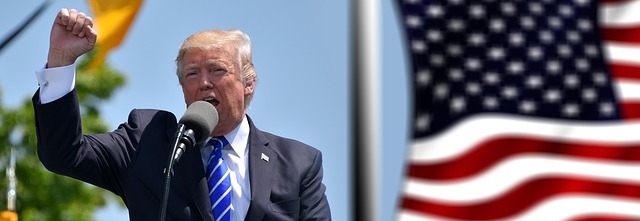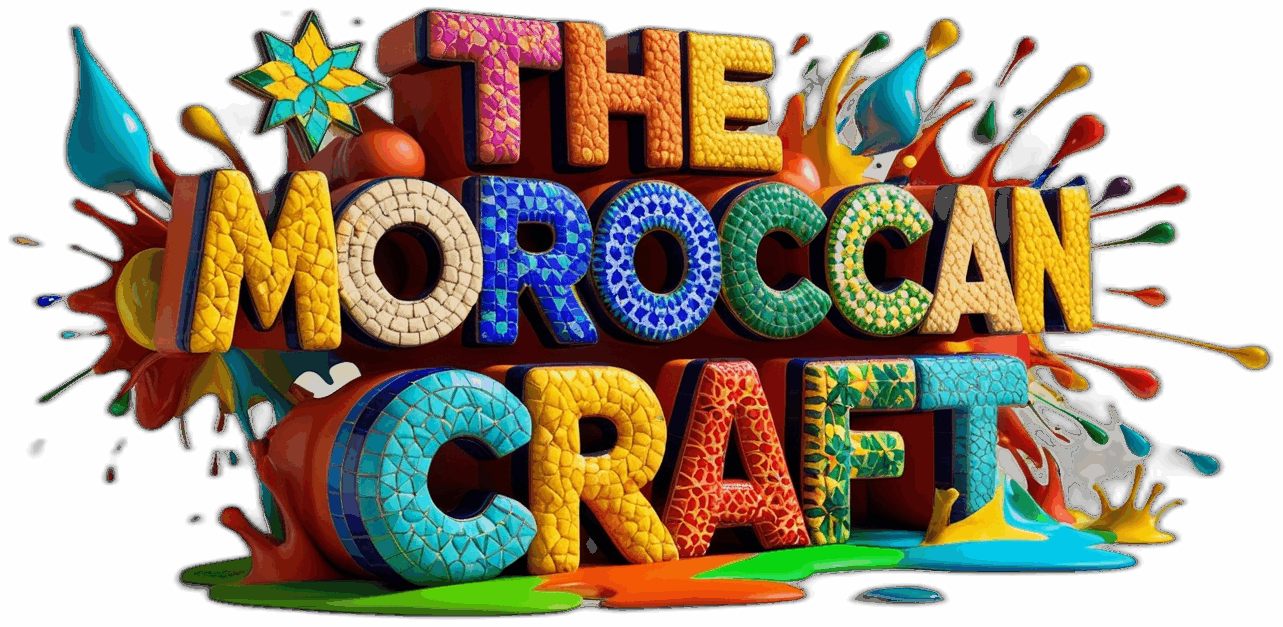Category
Our Best Sellers
-
 Cras viverra rhoncus
Rated 5.00 out of 584.00$
Cras viverra rhoncus
Rated 5.00 out of 584.00$ -
 Suspendisse volutpat massa
Rated 4.00 out of 539.00$
Suspendisse volutpat massa
Rated 4.00 out of 539.00$ -
 In fringilla felis non nulla porta rutrum
Rated 3.00 out of 5
In fringilla felis non nulla porta rutrum
Rated 3.00 out of 578.00$Original price was: 78.00$.65.00$Current price is: 65.00$. -
 Aliquam erat volutpat
Rated 2.00 out of 550.00$
Aliquam erat volutpat
Rated 2.00 out of 550.00$ -
 Suspendisse gravida lacus varius
Rated 1.00 out of 5
Suspendisse gravida lacus varius
Rated 1.00 out of 533.00$Original price was: 33.00$.22.00$Current price is: 22.00$. -
 Théière marocaine artisanale en argent
120.00$
Théière marocaine artisanale en argent
120.00$
-
 Cendrier Authentique et Décoratif
30.00$
Cendrier Authentique et Décoratif
30.00$
-
 Suspendisse vehicula at dui
56.00$
Suspendisse vehicula at dui
56.00$
-
 Aenean non pellentesque mauris
Aenean non pellentesque mauris
68.00$Original price was: 68.00$.55.00$Current price is: 55.00$. -
 Nulla feugiat felis tempor sem
61.00$
Nulla feugiat felis tempor sem
61.00$
Popular
-
 Théière marocaine artisanale en argent
120.00$
Théière marocaine artisanale en argent
120.00$
-
 Cendrier Authentique et Décoratif
30.00$
Cendrier Authentique et Décoratif
30.00$
-
 Aliquam erat volutpat
Rated 2.00 out of 550.00$
Aliquam erat volutpat
Rated 2.00 out of 550.00$ -
 Cras viverra rhoncus
Rated 5.00 out of 584.00$
Cras viverra rhoncus
Rated 5.00 out of 584.00$ -
 Suspendisse volutpat massa
Rated 4.00 out of 539.00$
Suspendisse volutpat massa
Rated 4.00 out of 539.00$


Introduction
As of 2025, the United States finds itself at a crossroads, facing significant economic, political, social, and environmental challenges. The ongoing transformations are impacting all aspects of American life, with profound implications both domestically and internationally. This article delves into the key trends shaping the country, offering an in-depth analysis of the economy, immigration, technology, politics, and the environment.
1. Economy: Resilience and Transformation
The U.S. economy continues to play a central role on the global stage. Despite recent economic turbulence, including high inflation, it shows signs of resilience.
1.1. Inflation and Monetary Policy
In 2024, inflation in the United States reached concerning levels, prompting the Federal Reserve (Fed) to adopt a restrictive monetary policy. This strategy, centered on raising interest rates, aims to contain inflation while maintaining economic stability. However, this approach has its limits, affecting borrowing costs for businesses and consumers alike.
1.2. Labor Market
The labor market remains robust, with an unemployment rate stable around 3.7% in 2024. Over 8 million job vacancies reflect the ongoing demand for labor. This situation indicates sustained economic recovery, although challenges remain, particularly in matching available skills with the needs of emerging industries.
1.3. Key Sectors and Innovations
Technology, healthcare, and energy sectors continue to drive economic growth. Innovation remains a key driver, with advancements in green technologies, biotechnology, and artificial intelligence. These sectors are crucial for maintaining the U.S.’s competitiveness on the global stage.
2. Immigration: A Thorny Political Debate
Immigration remains a hotly debated topic, impacting both the society and economy of the United States.
2.1. Immigration Policies
Immigration policies have been at the forefront of political concerns, with discussions focused on border security and the regularization of undocumented immigrants. These policies directly influence the country’s demographic composition and economic dynamics, particularly in sectors heavily reliant on immigrant labor, such as agriculture and construction.
2.2. Economic Contributions of Immigrants
Immigrants play a crucial role in the U.S. economy, representing a significant portion of the workforce and contributing substantially to key sectors. Policies aimed at restricting immigration could have negative economic consequences, especially in a context of labor shortages.
2.3. Social Implications
Immigration also has deep social implications. It influences cultural diversity and enriches the social fabric of the U.S. However, it also raises debates about national identity, integration, and social cohesion, topics that will remain central in political discussions in the years to come.
3. Technology: Innovations and Disruptions
The technology sector is one of the pillars of the U.S. economy, with constant innovations reshaping lifestyles and economic models.
3.1. New Technological Horizons
The U.S. continues to lead in technological innovations. Major advancements are being made in areas such as artificial intelligence, augmented reality, and 5G, opening new opportunities for businesses and consumers alike.
3.2. Impact of Social Media
Social media platforms play a critical role in how Americans interact, access information, and consume content. New platforms are emerging, while established giants continue to evolve to meet changing user preferences. The rise of new apps and the development of innovative features are transforming the digital experience.
3.3. Cybersecurity and Regulation
With the rise of technology comes the challenge of cybersecurity. The U.S. faces growing digital security threats, necessitating enhanced regulation and investment in data protection. The regulation of major tech companies is also a topic of debate, as governments seek to balance innovation with consumer protection.

4. Politics: Dynamics and Polarization
U.S. politics are characterized by complex dynamics and increasing polarization.
4.1. Elections and Political Parties
Elections in the U.S. remain a central element of democracy. The upcoming elections in 2024 are crucial in determining the country’s political direction. The polarization between the main political parties, Republicans and Democrats, continues to shape public discourse and policymaking.
4.2. Key Issues on the Agenda
Issues such as healthcare reform, gun control, and environmental policies are at the heart of political debates. Decisions made in these areas will have significant repercussions on American society and its future.
4.3. International Relations
The U.S. also plays a critical role on the international stage. Relationships with powers like China and Russia, as well as traditional alliances with Europe, remain key aspects of U.S. foreign policy. The ability of the U.S. to navigate a complex international environment will be crucial in maintaining its position as a global leader.
5. Environment: Urgencies and Responses
Climate change and environmental issues are major challenges for the U.S.
5.1. Extreme Weather Events
The U.S. faces extreme weather events, such as hurricanes, wildfires, and droughts. These events have significant economic and social consequences, underscoring the urgency for robust environmental policies.
5.2. Climate Policies
The U.S. strives to implement ambitious climate policies to reduce its carbon footprint. However, these efforts are sometimes hindered by political divergences and conflicting economic interests. Transitioning to a green economy is a complex challenge requiring compromises and collaboration between government, businesses, and civil society.
5.3. Green Innovation
Technological innovation plays a key role in addressing environmental challenges. The U.S. invests in green technologies, such as renewable energy, electric vehicles, and carbon capture solutions. These innovations are essential for meeting climate goals and creating a sustainable economy.
Conclusion
The United States in 2025 is at a critical juncture, shaped by complex and interconnected economic, social, political, and environmental dynamics. The trends explored in this article reveal a nation in constant evolution, facing significant challenges but also endowed with unique resources and a capacity for innovation. The future of the U.S. will depend on its ability to navigate these transformations while maintaining its position as a global leader.
Written by hicham
Best offers
Join Risk Free
30 days refund
100% Safe
Secure Shopping
24x7 Support
Online 24 hours
Best Offers
Grab Now
Shipping worldwide
Delivery to all countries of the world.
Know Us

Neque viverra justo nec ultrices dui sapien eget. Gravida cum sociis natoque penatibus. Imperdiet proin fermentum leo vel orci porta non
Read MoreStore Updates



Product Showcase







